Co-Authors: Junfil Olarte, Mark Alexander Farrell
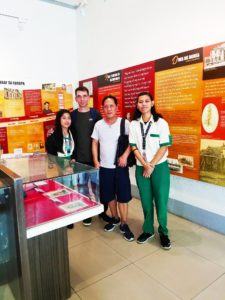
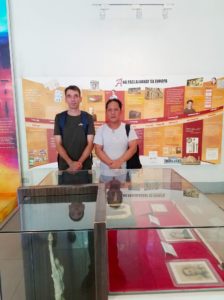 Calamba in the province of Laguna is one of the most historic places in the Philippines mainly because it serves as the home and birthplace of Jose Rizal, the 19th-century Filipino nationalist and polymath and the national hero of the Philippines. The spirit of his martyrdom and patriotism still lives to this very day ever since at the tail end of the Spanish colonial period in the country.
Calamba in the province of Laguna is one of the most historic places in the Philippines mainly because it serves as the home and birthplace of Jose Rizal, the 19th-century Filipino nationalist and polymath and the national hero of the Philippines. The spirit of his martyrdom and patriotism still lives to this very day ever since at the tail end of the Spanish colonial period in the country.
In June 19 of 1861, here in this once eventful house in Calamba (now a public museum), Jose Rizal was born and spent most of his childhood years before embarking onto the multi-coloured and multi-cultural journeys of his life until his execution in Manila on December 30, 1896. The oppressive Spanish clergies of the Roman Catholic Church and Spanish authorities had demanded for his execution. The entire world at that time saw it. He was only 35 when he suffered the penalty of death.
The Jose Rizal Museum in Calamba or known as “Museo ni Jose Rizal” (or “Bahay ni Rizal” as what the locals here call it), is a two-storey ancestral home of Rizal’s family which has originally been built in the year 1850. One hundred years later, the house got reconstructed, yet preserving its original design through the direction of Juan F. Nakpil, the Filipino architect the Philippine Government had commissioned to do the task. Reconstruction of the house started in 1949 and eventually completed and inaugurated in 1950.
Tourism staff in Rizal Museum told us that one of Jose Rizal’s sisters, Trinidad, was still alive when the reconstruction of the house took place 70 years ago.The mansion-type Rizal residence has 3 bedrooms situated at the upper level: one for him together with his brother, Paciano; the other for his 9 sisters; and the master bedroom which contains four-poster bed where Jose Rizal was born. Such bedrooms including the living room and dining area are equipped with typically well preserved Spanish-style beds, long and round tables, chairs, among others.
The family’s formal dining room is said to be the place where Rizal’s parents hosted guests and other prominent members of the society. Adjacent to it served as a library of Rizal’s father, the largest private library in Calamba at that time containing 1,000 books. A very old and wide portrait of Jose Rizal is also found at the living room including a 19th-century vintage wall clock, which is quite prevalent at upper-class owned residences in those days.
Because of a land dispute with the Dominican Friars, the Rizal family was evicted from their home in 1890, and the house soon after fell into disrepair and was demolished. The present structure got reconstructed in 1950. Some of its features, moreover, had been modified. And the kitchen area, bathroom and comfort room, which had been restored in replicas, show the simplicity of life in the Philippines during the late 19th century. There is also an old well at it, which is one of the only surviving features of the original house.
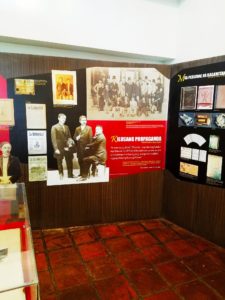
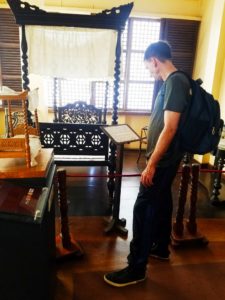 The ground floor, on the other hand, displays illustrations unfolding the series of historical events taking place in Calamba at the time. Among these give account that Calamba became a separate town from Cabuyao in 1742 and that, in 1887, the Rizal Family was one of those who criticised the abuses of hacienda landowners in Calamba: wide lands in Calamba which, for most part, were under the control of the Dominican Friars. It, too, depicts a few photographic scenes of 1887 Calamba. Here, you can also see the preserved transcript of Rizal’s baptismal record, his siblings’ record books and several of his important letters and writings.
The ground floor, on the other hand, displays illustrations unfolding the series of historical events taking place in Calamba at the time. Among these give account that Calamba became a separate town from Cabuyao in 1742 and that, in 1887, the Rizal Family was one of those who criticised the abuses of hacienda landowners in Calamba: wide lands in Calamba which, for most part, were under the control of the Dominican Friars. It, too, depicts a few photographic scenes of 1887 Calamba. Here, you can also see the preserved transcript of Rizal’s baptismal record, his siblings’ record books and several of his important letters and writings.
Outside, at the right-hand corner, just before the entrance to the house, you can find a vintage horse-drawn carriage the Rizal family had. Going back in time, the ground floor of the house actually served as a stable for horses and carriages; including servants quarters, workroom, and storeroom for food supplies; whilst its backyard got planted with various fruit trees. The museum has a large lawn where it has also kept the remains of Rizal’s parents, Francisco Mercado and Teodora Alonso.
Within the large lawn where the Rizal Museum stands, just adjacent to it, holds a rectangular concrete building, built in 1997, serving as gallery, library and audio-visual that display Rizal memorabilia. It highlights Rizal’s initial journey to Europe from 1882 to 1887, his studies in Madrid, Paris and Heidelberg, and the writing of his novel “Noli Me Tangere”. The other one emphasises Rizal’s second travel to Europe in 1888 to 1892 focusing on his propaganda movement activities, and the writing of his second novel “El Filibusterismo” along with other political writings until his return to Manila in June of 1892.
One of these Europe journeys also includes Rizal’s historic visit to the British Museum in London on August 16 of 1888 annotating Antonio de Morga’s “Sucesos de las Islas Filipinas” (Events or History of the Philippine Islands), published in Mexico in 1609. A copy of such history book had been kept in the library at the British Museum in Victorian London and said to be one of Rizal’s important allusions to visit the past and reflect on what had been taken place in the Philippines during the past 3 centuries, before he could resume drafting and writing his second novel “El Filibusterismo”.
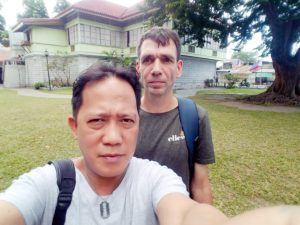 The Jose Rizal Museum in Calamba is perhaps the most notable and most important historical landmark we’ve ever visited in the entire Philippine islands because it was once the home of the greatest intellect, reformist and revolutionist known the world over during his time. A polyglot, a doctor, a traveller, a writer, an author, a teacher, a scholar, a scientist, who is a martyr to the cause of social justice and freedom of his countrymen, Jose Rizal undoubtedly is the finest breed Calamba and the Philippines had ever produced during the height of Spanish oppression and exploitation in the country.
The Jose Rizal Museum in Calamba is perhaps the most notable and most important historical landmark we’ve ever visited in the entire Philippine islands because it was once the home of the greatest intellect, reformist and revolutionist known the world over during his time. A polyglot, a doctor, a traveller, a writer, an author, a teacher, a scholar, a scientist, who is a martyr to the cause of social justice and freedom of his countrymen, Jose Rizal undoubtedly is the finest breed Calamba and the Philippines had ever produced during the height of Spanish oppression and exploitation in the country.
We left the Jose Rizal Museum as the late afternoon sun began to drop away, leaving courtesy to the museum personnel before finally going out through the main gate of the building premises. Outside, as we headed to a cafeteria nearby, we almost forgot we are in Jose Rizal’s hometown. And then, we just said, “Oh, well, this is Calamba, a city worth visiting.”
***Jose Rizal Museum (Museo Ni Jose Rizal) is located along F. Mercado St. corner J.P. Rizal St., Poblacion 5, Calamba City, Laguna and open from Tuesday to Sunday at 8:00am to 4:00pm. Calamba City, moreover, is around 53 kilometers from Manila and will take approximately 2 to 3 hours travel by bus depending on traffic condition.***
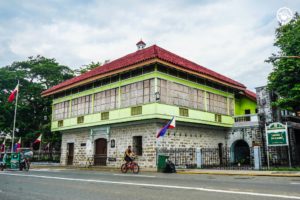
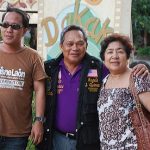
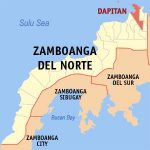
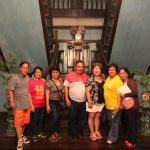

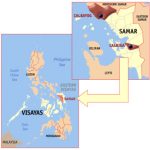
Leave a Reply